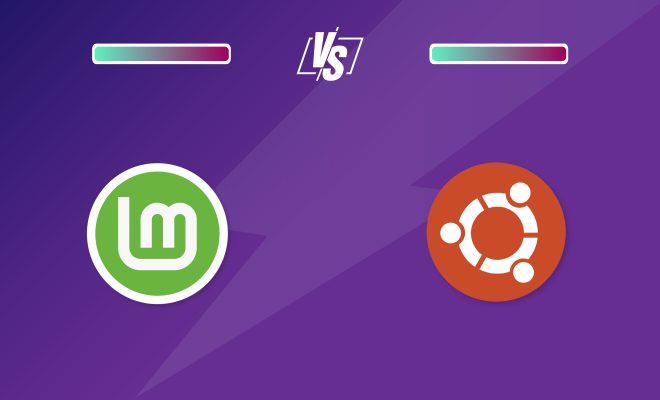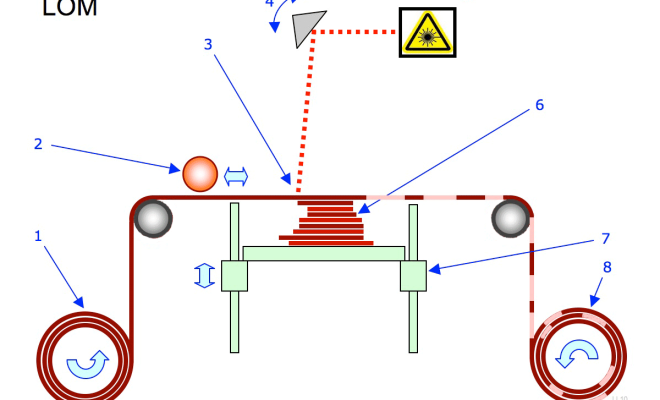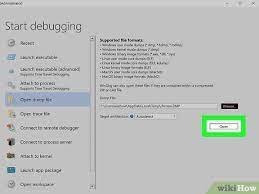Ubuntu vs. Linux Mint vs. Debian: Which Distribution Should You Use?

When it comes to choosing a Linux distribution, the options can be overwhelming. Three popular distributions among users are Ubuntu, Linux Mint, and Debian. Each distribution has its own unique features, strengths, and weaknesses. In this article, we’ll compare these three distributions and help you decide which one is best for you.
Ubuntu
Ubuntu is one of the most popular Linux distributions, and for good reason. It’s known for its user-friendly interface, consistent updates, and a large community of users. Ubuntu is based on the Debian distribution but has its own custom interface called Unity.
One of the benefits of using Ubuntu is that it’s designed with the average user in mind. This means that it’s easy to install and use, and you don’t need a lot of technical knowledge to get started. Ubuntu also has a large repository of software available for installation, which makes it easy to find the software you need.
Ubuntu, however, is known for its controversial decision to replace Unity with GNOME as its default desktop environment starting with Ubuntu 18.04 LTS. Some users may not be used to the GNOME interface and may prefer the older Unity interface.
Linux Mint
Linux Mint is another popular distribution that’s based on Ubuntu. One of the main differences between Mint and Ubuntu is that Mint is designed to be more stable and user-friendly. It’s based on Ubuntu LTS releases, which means that it won’t have as many updates as Ubuntu but will be more stable.
One of the things that sets Mint apart from other distributions is its use of the Cinnamon desktop environment. Cinnamon is an intuitive and easy-to-use interface that’s similar to Windows. Mint also includes a number of proprietary codecs and drivers, which makes it easy to watch videos and listen to music out of the box.
Debian
Debian is a distribution that’s known for being one of the oldest and most stable. It’s also one of the most customizable, as it allows users to choose from a number of desktop environments, including GNOME, KDE, XFCE, and LXDE.
One of the benefits of using Debian is that it’s extremely stable and secure. It’s used as the base for many other distributions, including Ubuntu and Mint, which speaks to its quality. Debian is also known for its package management system, which allows users to easily update and maintain their software.
One of the downsides of using Debian is that it can be challenging for beginners. The installation process can be complex, and there’s a learning curve when it comes to using the command line for package management.
So, which distribution should you use?
If you’re new to Linux and want an easy-to-use distribution, then Ubuntu or Linux Mint is a good choice. If you prefer stability, then Linux Mint is the way to go. However, if you’re an advanced user who wants customization and flexibility, then Debian is the best option.
Overall, the best distribution depends on your needs and preferences. All three distributions have their own strengths and weaknesses, so it’s worth trying out each one to see which one works best for you.






